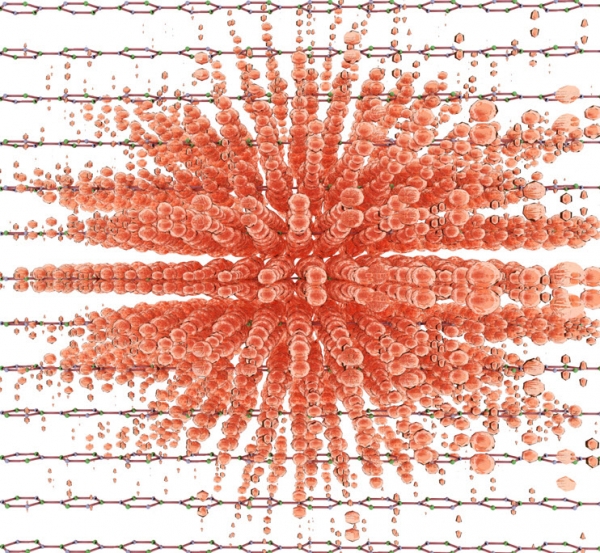A new leaf has turned in scientists' hunt for developing cutting-edge materials used in organic light-emitting diode (OLED) TV's, touchscreens, and more. The advance involves the polaron, a quasiparticle consisting of an electron and its surrounding distortions of atoms in a crystal lattice.
Simulations on the Texas Advanced Computing Center's (TACC) Frontera supercomputer have helped scientists map for the first time the conditions that characterize polarons in 2D materials, the thinnest materials that have ever been made.
"We charted a map to indicate in which materials polarons should be found, under what conditions, and the characteristics of their properties," said Feliciano Giustino, professor of Physics and the W. A. ‘Tex' Moncrief, Jr. Chair of Quantum Materials Engineering at the Oden Institute for Computational Engineering and Sciences (Oden Institute) and the Department of Physics, College of Natural Sciences, The University of Texas at Austin.
Read more at University Of Texas At Austin
Image: Scientists have characterized for the first time in a large system of 9,000 atoms in 2D materials the fundamental properties of quasiparticles called polarons, a quantum wave packet consisting of an electron "dressed" by a cloud of atomic vibrations. This advance in polaron research can help improve development of touchscreens for phones and tablets, organic light-emitting diodes for TVs, hydrogen fuel generation from photocatalysis, and more. Isosurface plot of the hole polaron density for bulk h-BN for a 24 × 24 × 8 supercell (9,216 atoms). Credit: Giustino et al. DOI: 10.1038/s41567-023-01953-4.


